Artificial Life is Close to Becoming a Reality - What does this Mean?
How an unspectacular common brown seaweed may hold the key to understanding how life evolved here on Planet Water. As reported in a recent issue of Nature more than 100 scientists and technicians in various labs, working for more than 5 years, have successfully decoded the entire genome of Ectocarpus siliculosus, a common marine seaweed. They have analyzed more than 210 million base pairs and allocated these to about 16,000 genes.
One of the aims of the project was to learn more about how multicellular photosynthesising plants evolved. During the evolution of life on Planet Water, it is thought that unicellular organisms may have evolved along 5 main lines or pathways, but the relationship between the pathways and the evolutionary tree structure is not known. The clues to these relationships and how evolution occurred is thought to lie in their genomes. These forms are: animals, fungi, red algae, brown algae and plants. Evolutionary scientists have been working on decoding an entire genome from a representative of each of these types of life as the basis for comparing their genetic information in the genome sequences and common genes. This aim has now been realised for the genome of the brown algal. The team had already decode the genome of a red algal.
The key to artificial cells is the membranes which separate the organic molecules and metabolism from external influences. | Source
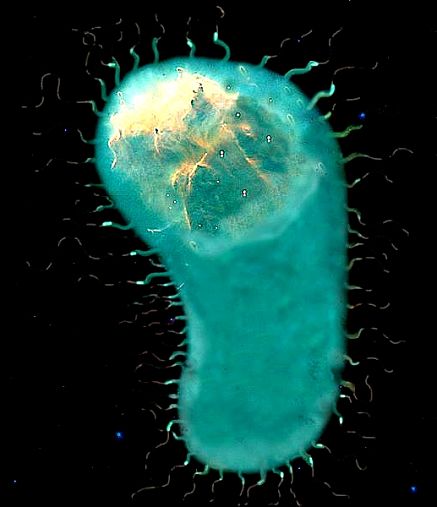
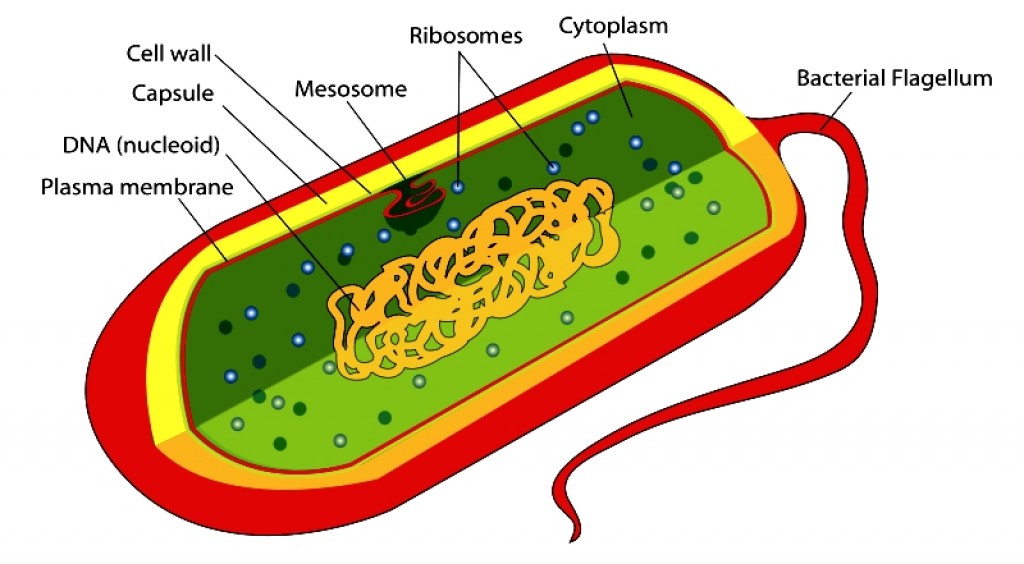
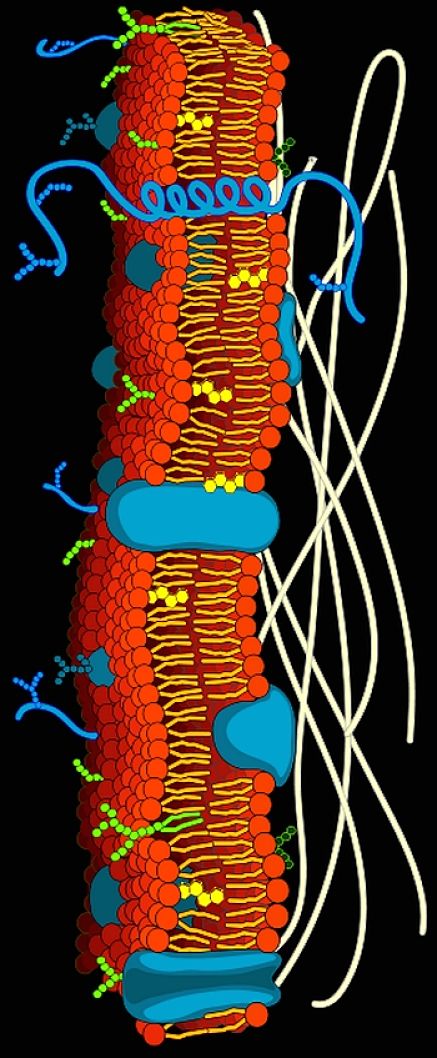
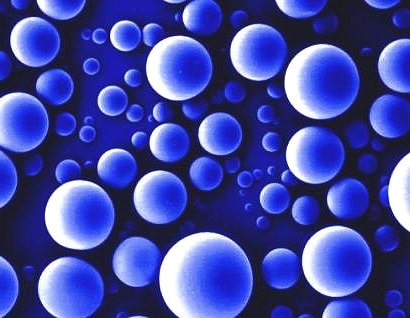
The Genome Factory
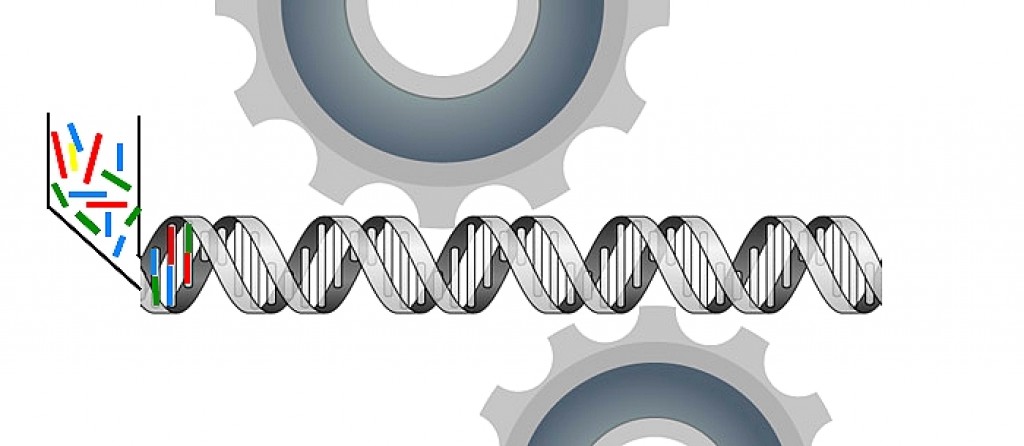
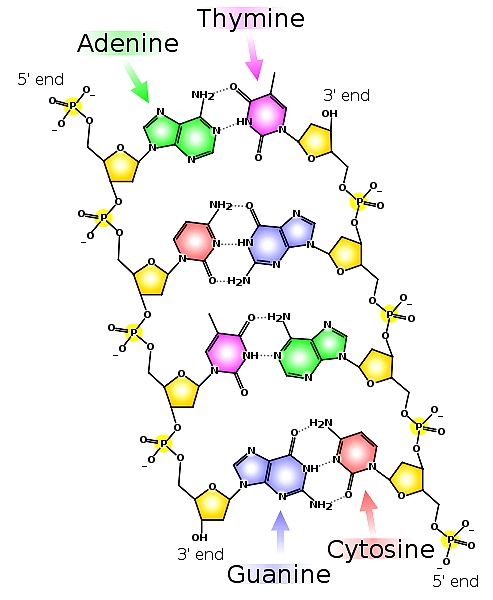
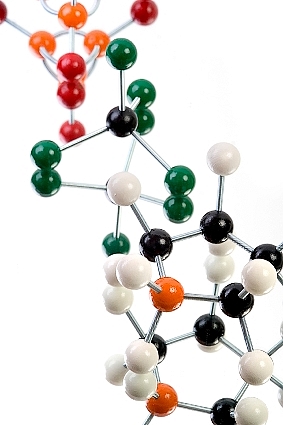
The genome sequencing work for the brown algae is also a key milestone in understanding how photosynthesis evolved. It is now known that oxygen-producing photosynthesis was developed about 3.8 billion years ago, by cyanobacteria (otherwise known as ‘blue-green algae). Green and red algae are thought to have developed by engulfing living cyanobacteria into their cells, which became the chloroplasts. In a similar way the mitochondria in cells (the energy powerhouse of cells) is also thought to be derived from a bacteria. Both chloroplasts and mitchondria have their own genetic material in the form of RNA which is more complex than that of their presumed cyanobacteria and bacteria precursors. Brown algae were thought to have evolved from the fusion of colourless cells which lacked photosynthetic material, with a unicellular red alga. But from genome comparisons it now appears that brown algae arose from the fusion of a red alga with a green alga.
In other news an artificial genome of the bacteria Mycoplasma mycoides created in the laboratory by assembling the bases in the known sequence into the cellular housing of the Mycoplasma capricolum bacterium after its genome was removed.The cell survived and successfully regenerated itself into a cell line. The team involved in the work also inserted various messages into the genome which were the names of the researches and their institute (the ultimate biological graffiti):
- CINDIANDCLYDE
- CRAIGVENTER
- GLASSANDCLYDE
- HAMSMITH
- VENTERINSTITVTE
That it worked was remarkable as the cell's original ribosomes were able to read the genome to build new amino acid sequences into new proteins to maintain the cell. Complex molecular processes were also required to maintain the 'foreign' DNA in working order and to duplicate that DNA when it was time to divide. This opens up all sorts of possibilities with creating artificial variants of the genome with genes for all sorts of new things. It sounds dangerous because it may lead inadvertently produce a damaging rogue organism or pathogen. This fear is offset by the realisation that genetic mutations are occurring all the time which is the stuff of evolution and natural selection. However this technology can potentially allow much larger and faster changes with much larger impacts and consequences than simple mutations. It is a quantum leap which could be used for good or evil and with a high risk for mistakes with disastrous consequences - it is genetic engineering potentially using created rather than natural building blocks.
Some of the other major parts of the cell have been artificially created recently. Last year, a team at Harvard Medical School reported that they had created an artificial ribosome. Dr. Rasmussen in Denmark is trying to design a very simple bare-bone version of an artificial cell. The crucial minimal components for a functioning cell are a power system that uses free energy from the environment to meet its energy demands, that is some form of metabolism. It must also have a cell membrane to enclose it and isolates it from its surroundings. Finally it must have the genetic information needs to reproduce itself that is a genome. The research continues and appears to be a long way from success.
The focus for the genetic material for these artificial prototypes is RNA not DNA. Many believe that the RNA in ribosomes, chloropasts and mitochondria may provide clues to how cells evolved and the structure of the first primitive forms the following reasons. Ribosomes are the protein factories of the cell, translates the genetic code stored in DNA and RNA into the language of proteins. The core material of the ribosome itself consists RNA, enclosed by proteins that provide the framework and structure to hold the RNA in place. A primitive life form may have consisted of a ribosome protein factory that got its information from its own RNA or other related ribosome forms.
It remains to be seen what man will do with artificial life forms